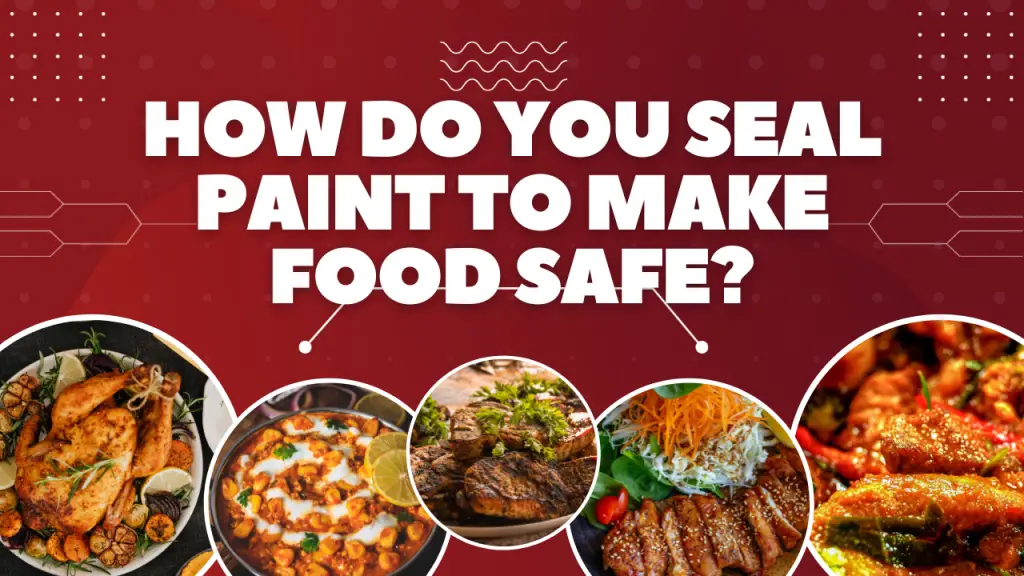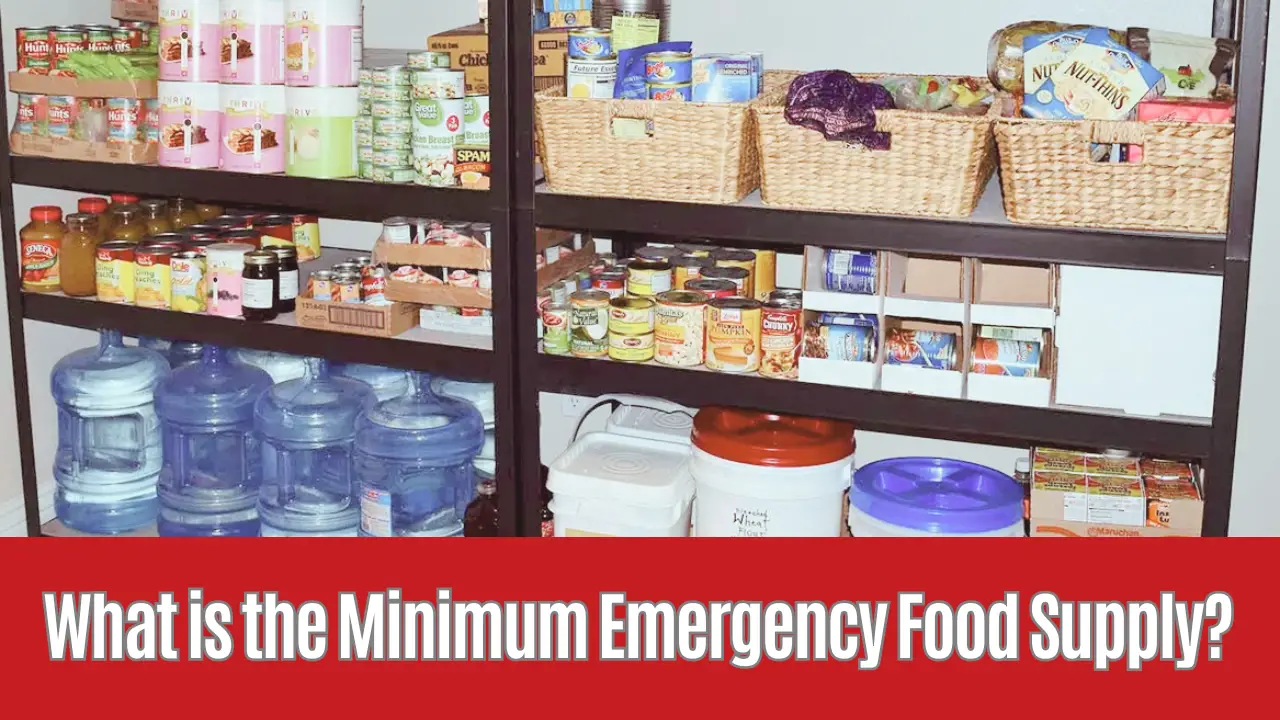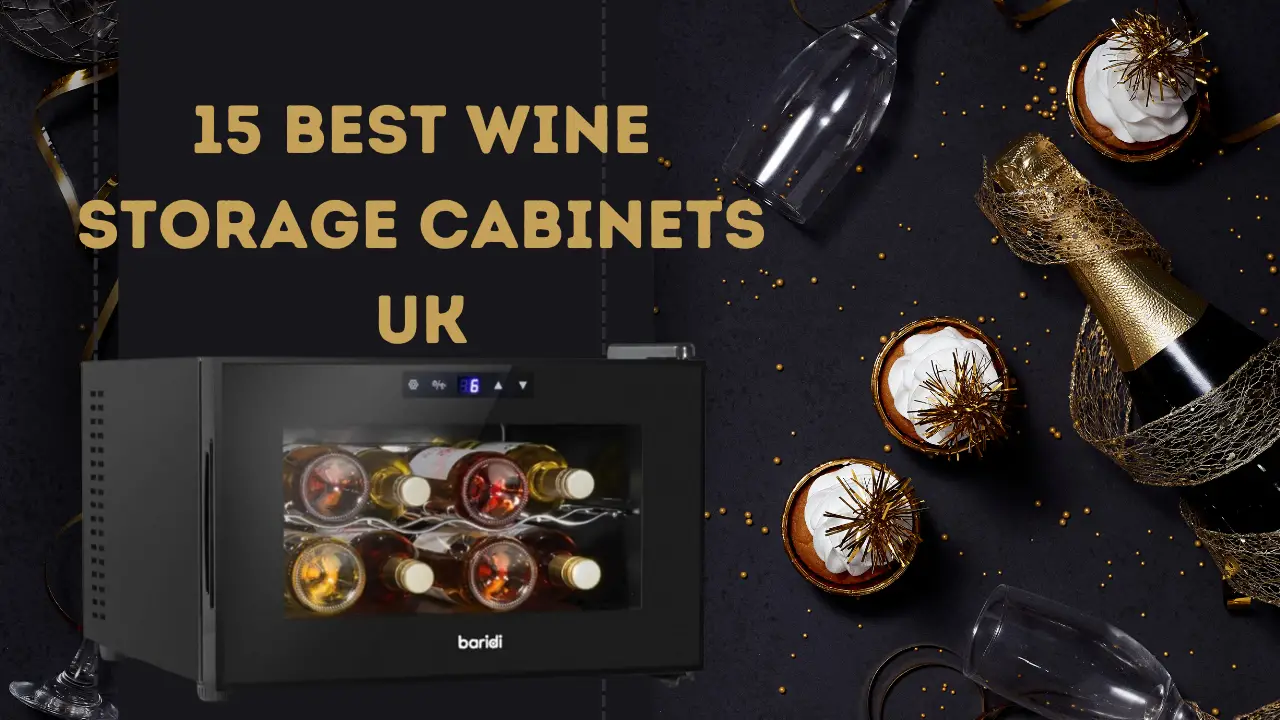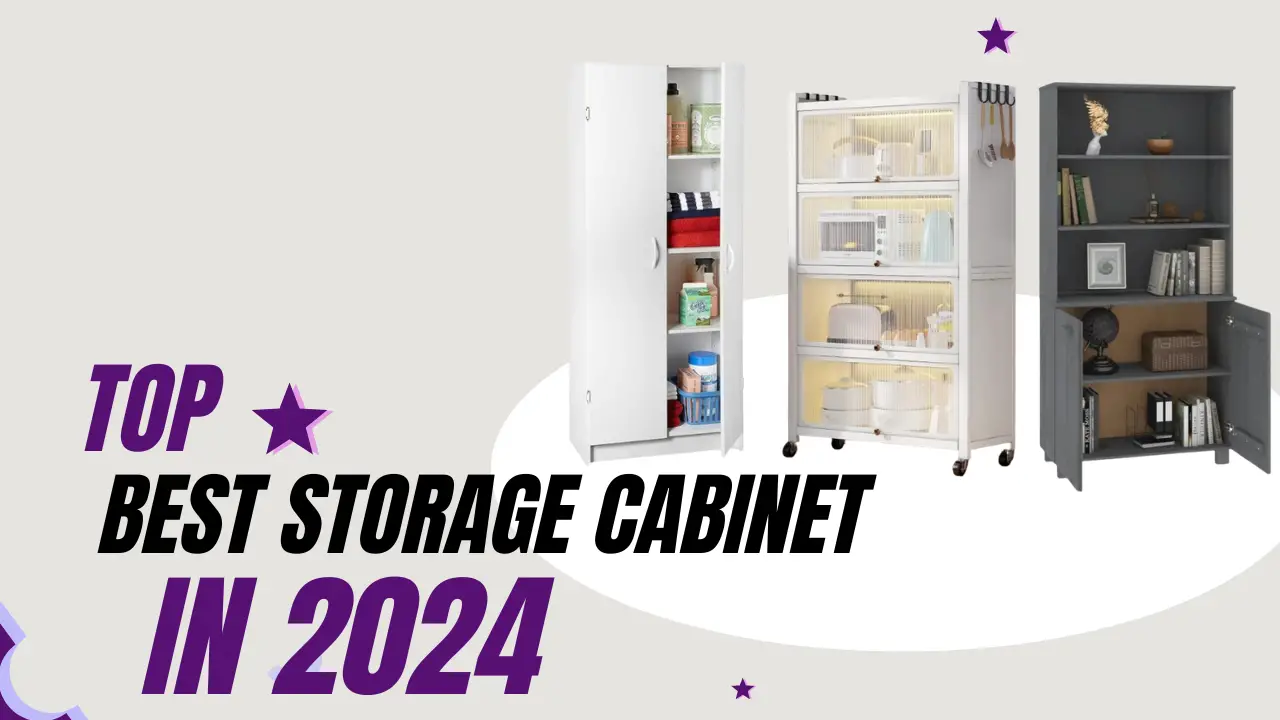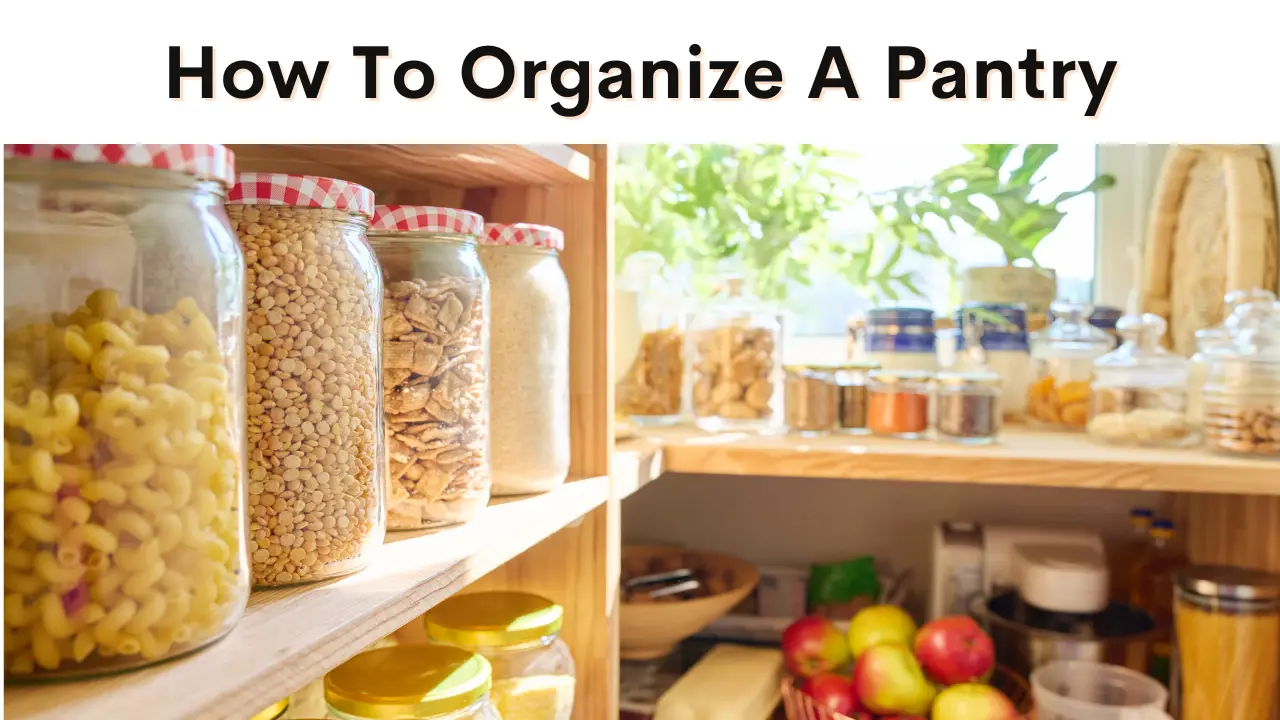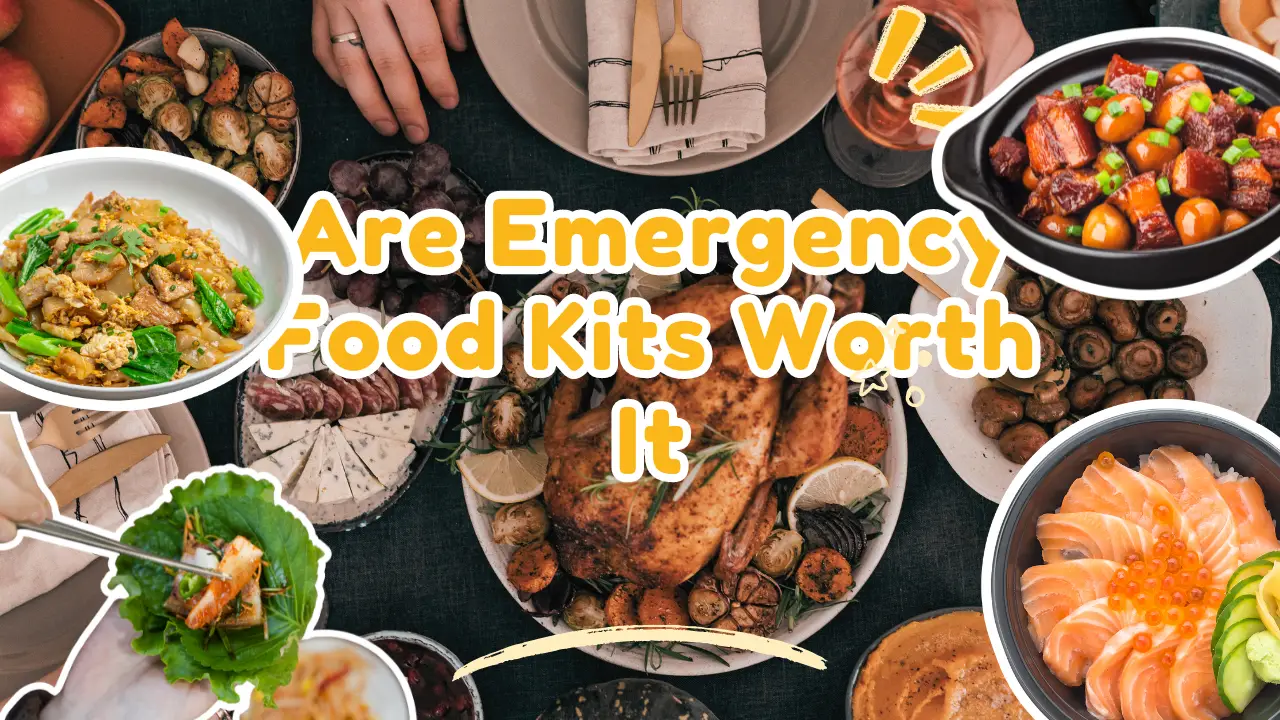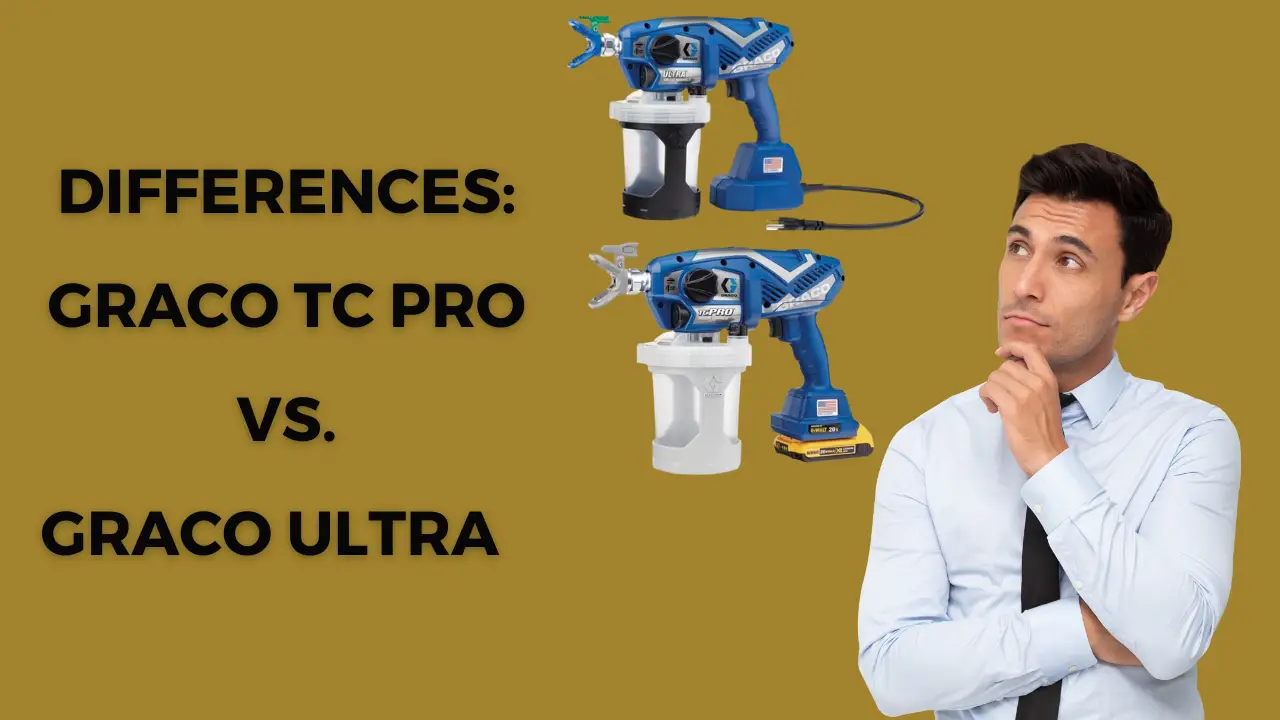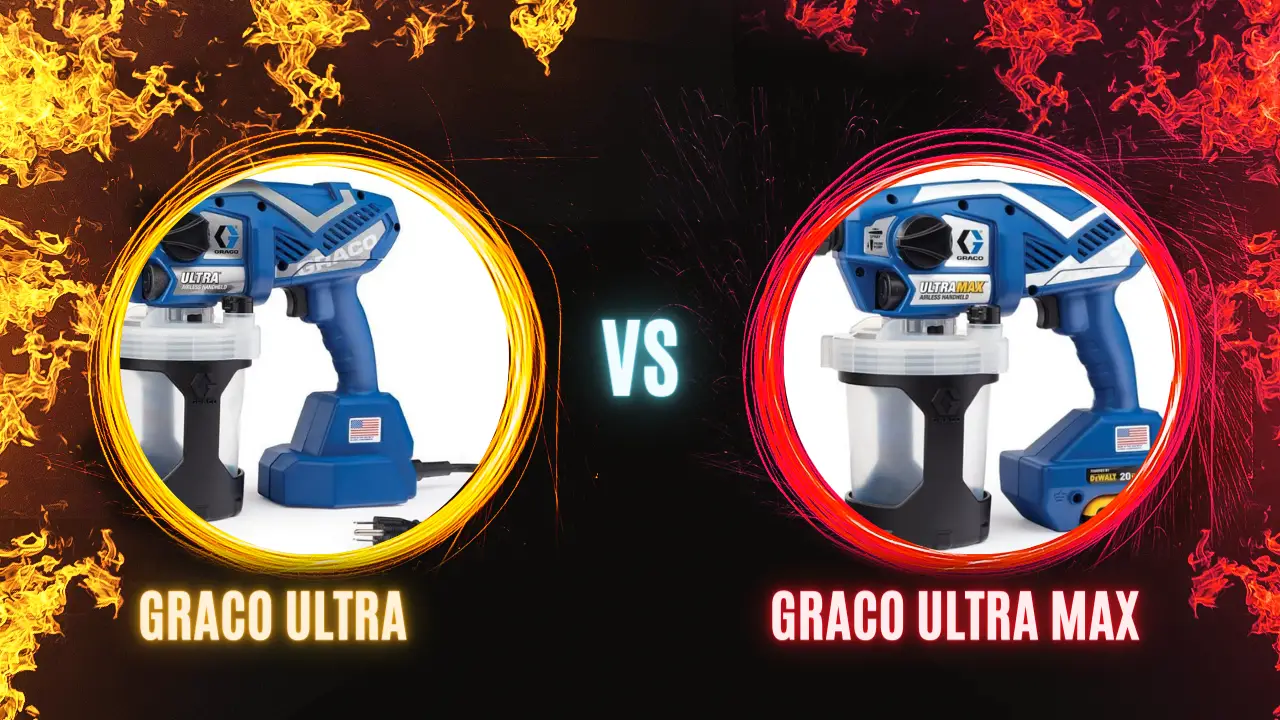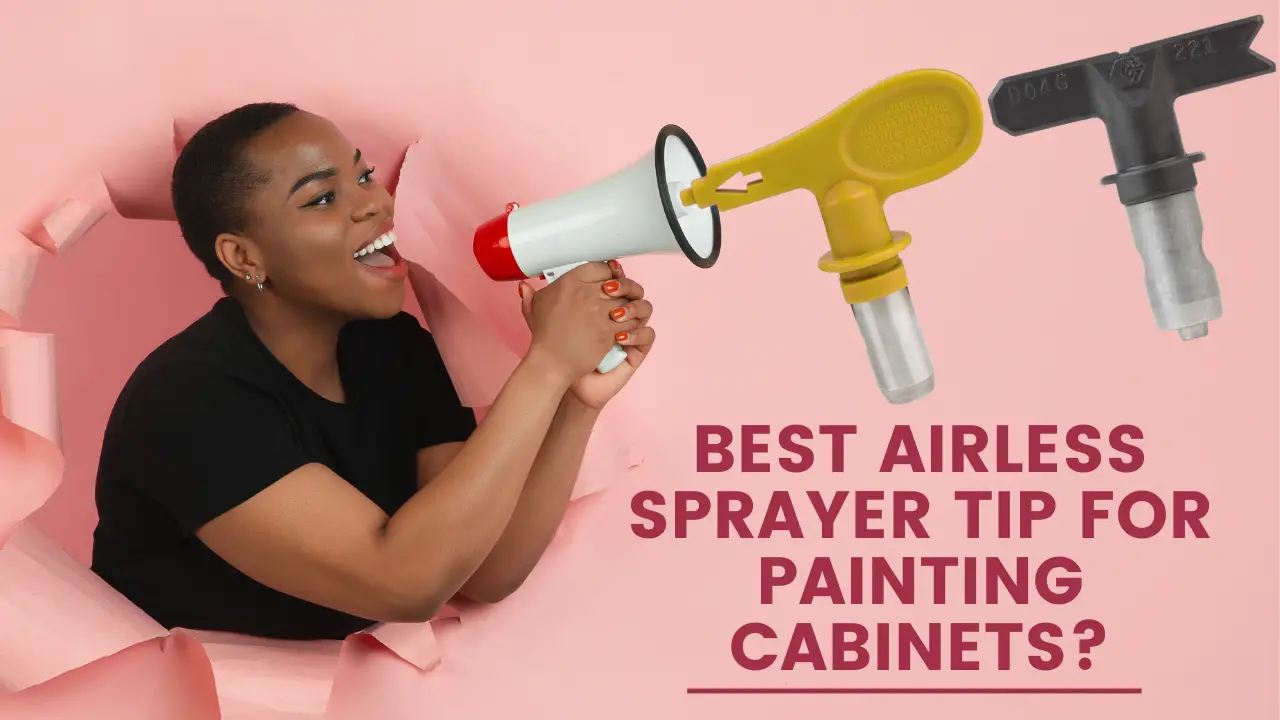Are you looking to make your painted dishes or utensils food safe? If so, you’ll want to know how to seal the paint properly. By following a few simple steps, you can ensure that your painted items are safe to use with food.
In this article, we will guide you through the process of sealing paint to make it food safe.
How do you seal paint to make food safe? To seal the paint to make it food safe, apply a food-safe sealant, such as a clear polyurethane or epoxy, over the painted surface. Follow the manufacturer’s instructions for proper application and drying time. Ensure complete curing before using the painted item for food contact.
First and foremost, it is essential to choose food-safe paints and materials. Look for paints that are specifically labeled as non-toxic and safe for food contact. Additionally, make sure to use brushes and other tools made from food-safe materials, such as natural bristles or silicone.
Once you have gathered your supplies, the next step is to prep and prime your surface. This involves cleaning and sanding the item to create a smooth and clean surface for the paint to adhere to. By taking the time to properly prepare your surface, you will ensure better adhesion and longevity of the painted design.
So, let’s dive into the details and learn how to seal paint to make it food safe!
Choose Food-Safe Paints and Materials
If you want to make sure your painted dishes are safe for food, it’s important to choose paints and materials that are specifically labeled as food-safe. When selecting paints, look for ones that are non-toxic and free from harmful chemicals. These paints are specially formulated to be safe for use on surfaces that come into contact with food.
Avoid using regular craft paints or acrylic paints, as they may contain toxic substances that can leach into the food and pose a health risk.
Another option to consider is using natural food dyes to paint your dishes. These dyes are made from fruits, vegetables, or other natural sources, and they are generally considered safe for consumption. Natural food dyes can be used to create vibrant and colorful designs on your dishes while also ensuring that they remain safe for food contact.
You can find natural food dyes at specialty stores or make your own by extracting colors from fruits and vegetables.
By choosing non-toxic paints and using natural food dyes, you can seal your paint and make your dishes both visually appealing and safe for use with food.
Prep and Prime Your Surface
To ensure a delightful and worry-free experience, start by prepping and priming your surface. Surface preparation is crucial when it comes to sealing paint to make it food safe. Properly prepping your surface ensures that the paint adheres well and creates a strong bond.
Begin by cleaning the surface thoroughly with soap and water to remove any dirt or grease. Next, sand the surface lightly to create a rough texture, which allows the paint to grip better. Finally, wipe down the surface with a damp cloth to remove any dust or debris.
The importance of proper sealing cannot be overemphasized enough. Sealing the paint creates a protective barrier that prevents any harmful substances from leaching into the food. It also makes the surface easier to clean and maintain.
To achieve a food-safe seal, use a primer specifically designed for food-contact surfaces. Apply the primer evenly, following the manufacturer’s instructions. Allow it to dry completely before applying the paint.
By taking the time to properly prep and prime your surface, you can ensure that your painted surface is not only beautiful but also safe for use with food.
Apply Multiple Layers of Paint
Start by applying several coats of paint to achieve a vibrant and long-lasting finish on your surface. Proper drying time is crucial between each coat to ensure the paint adheres properly and doesn’t peel or chip over time. Allow each layer to dry completely before applying the next one. This will help create a strong and durable seal that is food safe.
In addition to applying multiple layers of paint, it’s important to follow proper cleaning and maintenance tips to keep your food safe seal intact. Regularly clean the surface with mild soap and water, avoiding harsh chemicals that may damage the paint. Avoid using abrasive scrubbers or brushes that can scratch the surface. To protect the paint from scratching or chipping, use cutting boards or other protective barriers when cutting or preparing food on the painted surface. By taking these precautions and properly maintaining your painted surface, you can ensure that it remains food safe for years to come.
| Emotional Response | Audience Reaction |
|---|---|
| Excitement | The audience will be thrilled to know that multiple layers of paint can create a vibrant and long-lasting finish on their surfaces. They will feel motivated to follow the proper steps to achieve a food safe seal. |
| Confidence | By providing cleaning and maintenance tips, the audience will feel confident in their ability to maintain the food safe seal. They will appreciate the guidance and be more likely to trust the information provided. |
| Satisfaction | The audience will feel satisfied knowing that they can enjoy their painted surface without worrying about its safety. They will be reassured by the proper drying time and cleaning tips, ensuring a durable and long-lasting finish. |
| Relief | The audience may have had concerns about the safety of their painted surface. By emphasizing the importance of proper drying time and maintenance, they will feel relieved and confident in their ability to create a food safe seal. |
| Inspiration | The audience will be inspired to take on painting projects and explore their creativity, knowing that they can achieve a food safe finish. They will feel encouraged to experiment with different colors and designs, adding a personal touch to their surfaces. |
Seal Your Painted Surface
To seal your painted surface and make it food safe, there are two key points to consider.
First, use a food-safe sealant that’s specifically designed for this purpose. This will provide a protective barrier between the paint and the food.
Second, apply a clear topcoat over the sealed paint for added protection and durability. This will help to prevent any damage or wear to the painted surface, ensuring its long-lasting quality.
Use a Food-Safe Sealant
First, make sure you have a food-safe sealant on hand to create a protective barrier over the paint. Using a food-safe sealant has several benefits when it comes to sealing paint to make it food safe. These sealants are specifically designed to be non-toxic and safe for contact with food, ensuring that no harmful chemicals leach into your food.
They provide a durable and long-lasting seal, protecting the painted surface from chipping, peeling, or fading over time. Additionally, food-safe sealants make it easier to clean and maintain painted food-safe surfaces. With a sealed surface, you can simply wipe away any spills or stains without worrying about damaging the paint or compromising its food safety.
To properly clean and maintain painted food-safe surfaces, start by using a mild dish soap and warm water solution. Gently scrub the surface using a soft sponge or cloth, being careful not to scrub too hard and damage the paint. Rinse the surface thoroughly with clean water and pat dry with a clean towel. Avoid using harsh abrasives or cleaners, as they can scratch or strip the sealant.
Regularly inspect the painted surface for any signs of wear or damage, and reapply the food-safe sealant as needed to maintain its protective barrier. By following these cleaning and maintenance tips, you can ensure that your painted surface remains food safe and in good condition for years to come.
Apply a Clear Topcoat for Added Protection
Applying a clear topcoat adds an extra layer of protection, ensuring your painted surface remains durable and long-lasting. When it comes to making your paint food safe, using a topcoat is essential. Here are the benefits of using a topcoat on painted surfaces:
- Protection: A topcoat creates a barrier between the painted surface and potential contaminants, such as food acids or oils. It helps prevent the paint from chipping, peeling, or staining, making it easier to clean and maintain.
- Durability: By applying a topcoat, you enhance the durability of the painted surface, making it more resistant to scratches, impacts, and general wear and tear. This is especially important in food-related applications where the painted surface may come into frequent contact with utensils or other objects.
- Improved appearance: A high-quality topcoat can enhance the look of your painted surface by adding a glossy or matte finish, depending on your preference. It can make the colors pop and give a polished, professional look to your project.
- Easy application: Most topcoats are easy to apply, either by brushing or spraying. They dry quickly, allowing you to finish your project promptly.
- Versatility: Topcoats come in various formulations, including water-based, oil-based, or polyurethane. This gives you the flexibility to choose the right type of topcoat for your specific food safe application.
When choosing the right type of topcoat for food safe applications, consider the following tips:
- Look for food-safe certification: Ensure that the topcoat you choose is certified as food safe by regulatory bodies such as the FDA or NSF. This certification guarantees that the topcoat is non-toxic and safe for contact with food.
- Consider the finish: Decide whether you prefer a glossy or matte finish. Glossy finishes tend to be more durable and easier to clean, while matte finishes give a more subtle, natural look.
- Check for heat resistance: If your painted surface will be exposed to heat or placed in the oven, make sure the topcoat can withstand high temperatures without discoloration or degradation.
- Test compatibility: Before applying the topcoat to your painted surface, conduct a small test on an inconspicuous area to ensure compatibility. Some topcoats may react negatively with certain types of paints or surfaces.
- Follow the manufacturer’s instructions: Each topcoat may have specific instructions for application, drying time, and curing. Make sure to read and follow the manufacturer’s guidelines for the best results.
By applying a clear topcoat and choosing the right type for your food-safe application, you can enjoy the benefits of added protection and ensure that your painted surface remains safe and long-lasting.
Cure and Test Your Painted Item
Once your painted item has cured, you can test it to ensure it’s food safe. The testing process is crucial to determining if the paint is properly sealed and if it’s safe to come into contact with food.
To begin, check the curing time recommended by the manufacturer. This is the time needed for the paint to fully dry and harden. It’s important to allow the painted item to cure for the specified duration before testing its food safety.
After the curing time has passed, you can proceed with the testing process. Start by washing the painted item with warm water and mild dish soap. Scrub gently to ensure any loose paint or residue is removed.
Next, fill a container with hot water and submerge the painted item for a few minutes. Afterward, remove it from the water and inspect for any signs of discoloration, peeling, or flaking. If the paint has remained intact and there is no change in its appearance or texture, it’s a good indication that the seal is secure and the item is food safe.
However, if there are any signs of damage or alteration, it’s best to avoid using the item for food purposes.
Conclusion
In conclusion, how do you seal paint to make food safe? Sealing paint to make it food safe is an important step to ensure the safety of your painted items. By choosing food-safe paints and materials, prepping and priming your surface, applying multiple layers of paint, and sealing your painted surface, you can create a safe and durable finish that is suitable for food contact.
Remember to give your painted item enough time to cure and test it before using it for food purposes.
Sealing paint not only adds a protective layer to prevent chipping or peeling, but it also creates a barrier between the painted surface and the food. This barrier helps to prevent any harmful chemicals or toxins from leaching into the food, ensuring that it remains safe for consumption.
By following the proper steps and using the right materials, you can confidently paint and seal your items, knowing that they are food safe.
In conclusion, taking the necessary precautions and using food-safe materials is essential when sealing paint to make it food safe. By following the outlined steps and allowing your painted items to properly cure, you can enjoy using them without worrying about any potential health risks.
So go ahead, get creative with your paint projects, and rest assured that your finished items are safe to use for food purposes.
